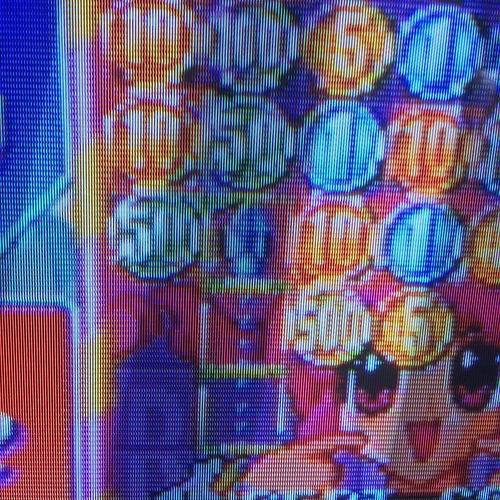Please pardon me for being pedantic, but I’d like to know if anyone else has the same issue with Picodrive core (I’m on Raspberry Pi 1, 240p composite).
Picture is affected by strange horizontal lines that are much more evident on sprites with vertical scrolling (but these lines are always present).
Here there are a couple of videos from Bare Knuckle III on Picodrive.
VIDEO 1
Look at the text that rolls vertically, it is “cut off” by these horizontal lines that seem always in the same position:
https://1drv.ms/v/s!AgxFrlHsc5x409hjO8kbvGjjCdKmfw
VIDEO 2
Please look at the mouth of Axel (main character of the game):
https://1drv.ms/v/s!AgxFrlHsc5x409hiAfhH7kSQLhVBBQ
VIDEO 3
Now please take a look at his eye:
https://1drv.ms/v/s!AgxFrlHsc5x409hhBvVUn3r8oFmdkA
This only occurs with Picodrive core, not with other cores like FCEUMM.
Maybe someone could confirm whether it has the same issue?
Thank you very much!



